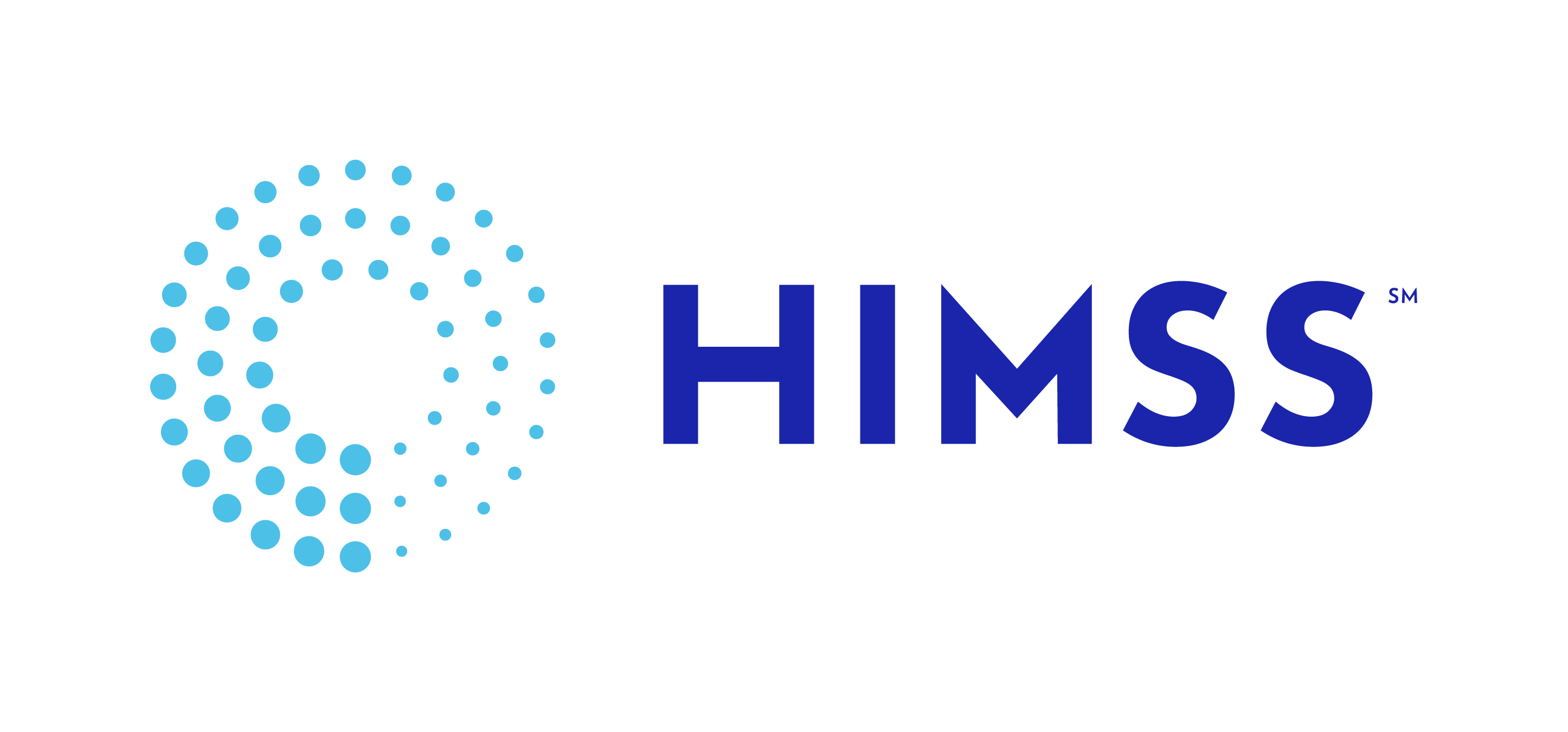Utah Legislative Update: Gov. Herbert Declares February 9 as "Healthcare IT Day"
UHIMSS Legislative Meeting Re-Cap
Govern Herbert formally declared this past Thursday to be Healthcare IT (HIT) Day in Utah. To observe the day, the UHIMSS chapter’s legislative update took place at the Capitol Building in Salt Lake City. At the event, we were privileged to hear from leaders across the HIT industry, addressing important legislative and technological issues in the healthcare space ranging from the need for healthcare interoperability to the challenges of implementing Telehealth within the state of Utah. The following is a summary of the speakers and the topics they covered.
Senator Brian Shiozawa (R-Cottonwood Heights)
Senator Shiozawa is a practicing ER physician and currently serves the Eighth Senate District. As a doctor, he was able to detail the logistics of being a practicing physician as well as ongoing congressional efforts to address the issues present in the healthcare IT space. Shiozawa spoke extensively about the need to share images, especially between different healthcare facilities. One reason he noted for this was that patients cannot recall their own healthcare history with any accuracy.
“You can ask them when they had a specific surgery and they will say, ‘Last year sometime,’” Shiozawa said. “In truth it was three to four years ago. This causes problems with administering correct treatments and ensuring that patients are not over medicated.”
In addition to this, he noted that the speed at which patient information is exchanged is too slow. In most cases, it is quicker to send a clerk to physically retrieve the images from a neighboring hospital than to try to acquire them electronically.
Reasons the Senator gave for improving the sharing images were to prevent repeat exams, ensure the proper medication of patients (especially those taking pain medication), and to have access to previous exams which offer doctors better comparisons.
David Finn - Symantec
Finn addressed the future of information security in healthcare in a post-EMR world. In discussing this, he mentioned that many healthcare organizations feel that once they have an EMR in place that they are done with their data security initiative.
He also addressed the ethics of security and information within the healthcare space saying,
“We shouldn’t be doing healthcare IT security because it’s the law, but because it’s the right thing to do. It’s about trust.”
Finn went on to address the issue of governance in healthcare security. He stressed that governance should not be the issue of the CIO, but of those who own the data.
“The IT department is the custodian of the data, not the owner of the data.”
Teresa Rivera- UHIN
Rivera addressed the function and purpose of UHIN and the need for a healthcare image exchange within the State of Utah. She specifically noted that even in the state’s largest healthcare system, 30 percent of patients leave the network at some point for treatment.
It was type of mobility of patients that spurred the need for an HIE within the state of Utah. To read more about UHIN, read this month’s spotlight feature.
Tara Larkin – Intermountain
Tara Larkin, the Operations Director of Telehealth Services at Intermountain Healthcare spoke about their efforts in the Telehealth space to implement a network-wide Telehealth program with participating facilities across the state.
According to Larkin, although they have not seen great financial returns on this program, they are encouraged by the results and progress that they have seen thus far. Larkin related the story of a baby born in Cedar City, who shortly after birth suffered a collapsed lung that made travelling to St. George difficult. However, they already had the telehealth infrastructure in place to treat the baby remotely. The baby then made a speedy recovery.
Marz Cesarini– Utah Telehealth Network
This mission of the Utah Telehealth Network (UTN) is to expand access to health care services and resources through innovative application of technology, serving healthcare providers, patients and the citizens of the State of Utah.
Cesarini presented on UTN’s effort to grow their telehealth network throughout the state of Utah. One challenge that they have faced is scaling the network to rural areas, the major challenge being acquiring bandwidth in the more remote locations of the state.
Cesarini explained that healthcare facilities pay roughly twice as much for bandwidth than do education facilities, especially in areas with just one internet service provider; the reasoning behind it from the telecom provider’s perspective is that healthcare is a more lucrative industry than education, therefore, healthcare can “afford more.” Cesarini suggested the legislature look into addressing this cost issue to help further expand the reaches of the UTN’s telehealth network.
